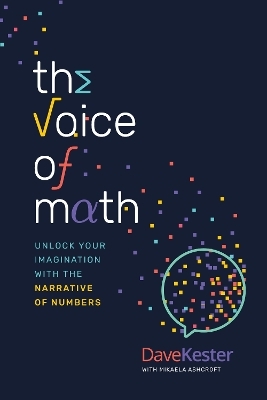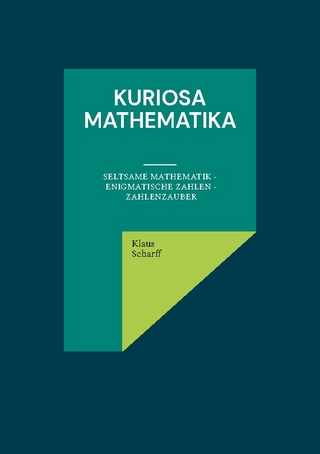
Binary Quadratic Forms
Springer-Verlag New York Inc.
978-0-387-97037-0 (ISBN)
1 Elementary Concepts.- 2 Reduction of Positive Definite Forms.- 3 Indefinite Forms.- 3.1 Reduction, Cycles.- 3.2 Automorphs, Pell’s Equation.- 3.3 Continued Fractions and Indefinite Forms.- 4 The Class Group.- 4.1 Representation and Genera.- 4.2 Composition Algorithms.- 4.3 Generic Characters Revisited.- 4.4 Representation of Integers.- 5 Miscellaneous Facts.- 5.1 Class Number Computations.- 5.2 Extreme Cases and Asymptotic Results.- 6 Quadratic Number Fields.- 6.1 Basic Algebraic Definitions.- 6.2 Algebraic Numbers and Quadratic Fields.- 6.3 Ideals in Quadratic Fields.- 6.4 Binary Quadratic Forms and Classes of Ideals.- 6.5 History.- 7 Composition of Forms.- 7.1 Nonfundamental Discriminants.- 7.2 The General Problem of Composition.- 7.3 Composition in Different Orders.- 8 Miscellaneous Facts II.- 8.1 The Cohen-Lenstra Heuristics.- 8.2 Decomposing Class Groups.- 8.3 Specifying Subgroups of Class Groups.- 9 The 2-Sylow Subgroup.- 9.1 Classical Results on the Pell Equation.- 9.2 ModernResults.- 9.3 Reciprocity Laws.- 9.4 Special References for Chapter 9.- 10 Factoring with Binary Quadratic Forms.- 10.1 Classical Methods.- 10.2 SQUFOF.- 10.3 CLASNO.- 10.4 SPAR.- 10.5 CFRAC.- 10.6 A General Analysis.- Appendix 1:Tables, Negative Discriminants.- Appendix 2:Tables, Positive Discriminants.
| Zusatzinfo | X, 248 p. |
|---|---|
| Verlagsort | New York, NY |
| Sprache | englisch |
| Maße | 155 x 235 mm |
| Themenwelt | Mathematik / Informatik ► Mathematik ► Arithmetik / Zahlentheorie |
| Mathematik / Informatik ► Mathematik ► Graphentheorie | |
| Mathematik / Informatik ► Mathematik ► Wahrscheinlichkeit / Kombinatorik | |
| ISBN-10 | 0-387-97037-1 / 0387970371 |
| ISBN-13 | 978-0-387-97037-0 / 9780387970370 |
| Zustand | Neuware |
| Haben Sie eine Frage zum Produkt? |
aus dem Bereich


